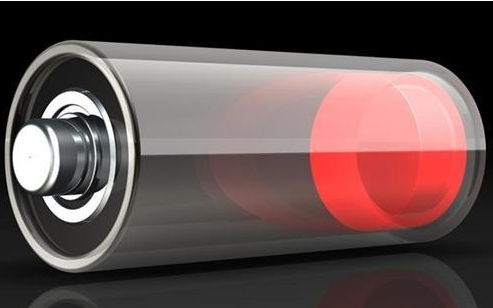Huawei announced a major breakthrough in its research into Li-ion batteries, unveiling the world's first long-lifespan graphene-assisted Li-ion battery able to withstand high temperatures.
华为近日宣布了其在锂离子电池研究方面的一个重大突破--公布了全球首个能够耐高温、长寿命的石墨烯锂离子电池。
The announcement was made by Watt Laboratory, an organization under Huawei's Central Research Institute, at the 57th Battery Symposium held in Japan.
华为中央研究院瓦特实验室是在日本举行的第57届电池讨论会上宣布的这一消息。
Huawei's research results show that new graphene-based heat-resistant technologies allow Li-ion batteries to remain functional in a 60°C environment, a temperature 10°C higher than the existing upper limit.
华为的研究成果显示,新款石墨烯耐高温技术能够使锂离子电池在60℃的环境下正常运作,这比当前的上限要高出10℃。
The lifespan of the graphene-assisted Li-ion batteries will also be twice as long as ordinary Li-ion batteries.
此石墨烯锂离子电池的寿命还将是普通锂电池的两倍。

Dr. Yangxing Li, Chief Scientist at Watt Laboratory, pointed out that three technologies contributed to the breakthrough in the graphene-assisted high-temperature Li-ion battery.
瓦特实验室首席科学家李阳兴博士指出,石墨烯高温锂离子电池的突破来自三个方面。
First, a special additive in the electrolytes can remove trace water and prevent the electrolytes from evaporating in high temperatures. Second, modified large-crystal NMC materials are used for the cathode, improving the thermal stability of the cathode powder. Third, graphene allows for more efficient cooling of the Li-ion battery.
首先,在电解液中加入特殊添加剂,除去痕量水,避免电解液的高温分解。第二,电池正极选用改性的大单晶三元材料,提高材料的热稳定性。第三,采用新型材料石墨烯,可实现锂离子电池与环境间的高效散热。
Dr. Li said, "We have performed charging and discharging tests in a high-temperature environment. The tests show that when working parameters are the same, the graphene-assisted high-temperature Li-ion battery is 5°C cooler than ordinary Li-ion batteries."
李阳兴博士表示:“高温环境下的充放电测试表明,在同等工作参数下,该石墨烯基高温锂离子电池的温升比普通锂离子电池降低了5℃。”
"Over 70% of the graphene battery's capacity is left after it is recharged 2,000 times at a temperature of 60°C. Less than 13% of its capacity is lost after being kept in a 60°C environment for 200 days."
“在60°C高温循环2000次,其容量保持率仍超过70%;60℃高温存储200天,容量损失小于13%。”













